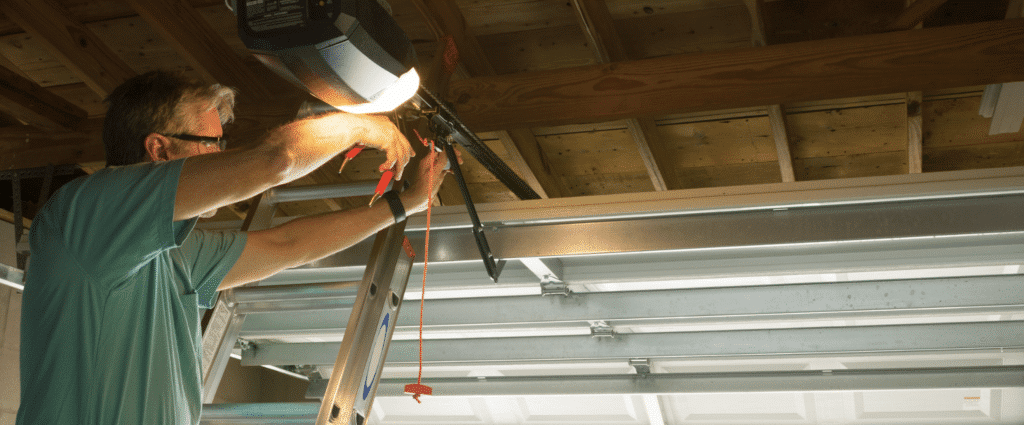What Do I Do If My Garage Door Is Broken?
Is your garage door spring broken or malfunctioning? LMS Garage Doors, the best garage door company, explains that it is vital to ensure that your garage door works properly. This is especially important when it comes to the safety and security of your home but. In fact, continuing to operate a garage door with broken or malfunctioning springs — the more effort you put into them, the more likely they may fail. Our Garage Doors Sacramento team explains how to tell if your garage door spring is broken.
The Value of Garage Door Springs
The garage door is often quite heavy. However, despite its weight, the springs allow the garage door to be lifted using the garage door opener or manually. Torsion springs and extension springs are the two significant garage door springs. Torsion springs, which are utilized for more oversized garage doors, can be found on the wall above the garage door. Extension springs can be found on the sides of a one-piece garage door or above the horizontal tracks via a cable and pulley system.
Below, our Garage Door Repair Sacramento team shares several indicators of broken or malfunctioning garage door springs to look for. To ensure that your garage door is running safely and securely, we recommend visually inspecting your garage door springs for these indicators at least once a month.
Door Won’t Open
If your door refuses to open, this is the most apparent symptom that anything is wrong with your springs. This could indicate various problems with the garage door opener, one of which could be a problem with the springs. If this happens, it’s advisable to arrange an examination with an expert who can thoroughly assess the issue.
Visible Signs of Damage
By standing within the garage and inspecting the various components of your garage door with the door closed, you may look for signs of wear or damage. Our Garage Door Replacement Sacramento says to look for injury symptoms or wear on the garage door springs, mounting hardware, pulleys, cables, and rollers. It’s crucial to understand that even if the springs appear to be in good condition, damage to other components puts more significant strain on the rest of the garage door, increasing the likelihood that your springs may be damaged. In terms of the springs’ condition, look for the following:
- Examine the springs to check if they are noticeably worn out.
- Check to see if the spring has separated.
- Examine the springs to check if there is a loss of tension. For example, if the springs have become stretched out or elongated, you can typically tell if there has been a pressure loss.
- Check to see if you can open the garage door manually. If you have an automatic door opener system, turn it off once you’ve closed the door. If the springs are in good operating order, you should be able to lift the garage door open effortlessly. When you’ve lifted the door, there should be very little resistance, and it should stay open.
- If the garage door is difficult to lift or does not stay open, the springs may be broken.
Perform a Force Setting Test
Perform a force setting test if you have an automatic opener system. Wait until the garage door is completely open before proceeding. Then, either uses the garage door wall button or your garage door opener’s transmitter to close the door automatically. Next, stand by the garage door and hold the bottom of the garage door with your hands outstretched while it closes. All new garage doors include a safety reversing function, which means the door should stop closing promptly and then change itself. Remove your hands immediately if you discover that the garage door has problems reversing itself – or if it simply keeps shutting. There is a strong chance of a problem with the safety mechanism or the springs.
Routine Garage Door Inspections
If possible, inspect your garage door for indicators of broken or malfunctioning springs every month. If you notice any of these indicators, you should immediately arrange a professional garage door check. It would help if you never tried to fix or replace your garage door springs on your own. Because of the tension in the springs, they can cause serious injury if they are mishandled.
Contact LMS Garage Doors Today
A conventional garage door spring should last between seven and twelve years before it needs to be changed. This is commonly due to wear and tear. Applying a tiny amount of spray lubrication to the garage door’s components twice a year. This will help lessen the chance of garage door spring damage.
If you are unsure whether your garage door spring is damaged or malfunctioning, contact LMS Garage Doors now.






